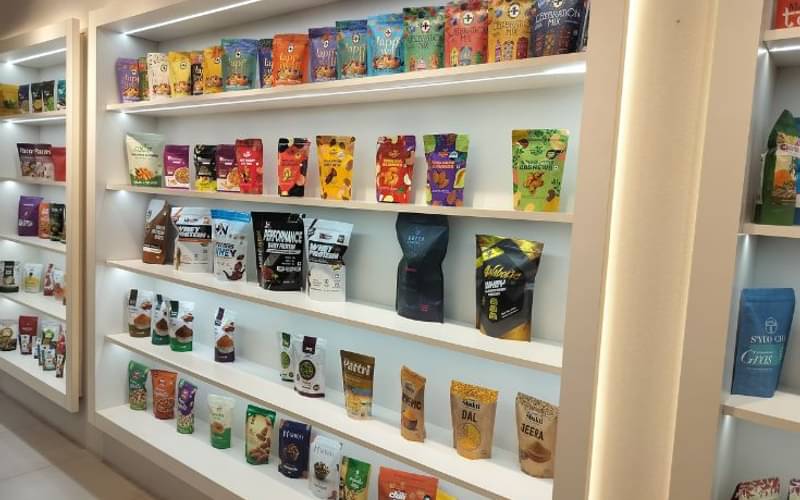Global flexible plastic packaging to reach USD 289.52-bn by 2032
The global flexible plastic packaging market size is estimated to grow from USD 178.60 billion in 2022 to reach an estimated USD 289.52 billion by 2032, growing at a 5.0% CAGR between 2023 and 2032. A Towards Packaging report.
16 Apr 2024 | By Abhay Avadhani
Plastic polymers generated from fossil hydrocarbons are commonly used to create flexible packaging solutions, because of their cost-effectiveness and versatility in the supply chain.
The transition to flexible packaging can result in significant environmental benefits, with potential material and energy savings reaching 50% when compared to rigid packaging options.
Two of the most common polymers used in flexible packaging are LLDPE and LDPE. In Australia, almost 223,000 tonnes of LDPE packaging were used; 32% of this amount was recycled, according to data from the Plastics and Chemicals Industries Association (PACIA). The market for flexible plastic packaging is witnessing a surge in the significance of sustainability measures, as recycling programmes seek to reduce ecological footprints and foster circular economies.
Consumers perceive convenience features including pour spouts, easy-open tear strips, and resealable closures appealing in flexible plastic packaging.
Polyethylene leads in the flexible packaging market and holds the largest share in the packaging market. For applications where rigidity, high temperature obstructions, and structural strength are not the main concerns, LDPE's low temperature flexibility, toughness, and corrosion resistance make it suitable. Because of its advantages, including strong chemical and impact resistance, ease of fabrication and shaping, and cost-effectiveness, LDPE is used in orthotics and prosthetics.
Flexible spouted pouches are becoming a growing trend in the flexible plastic packaging sector due to their low environmental effect and support for refilling choices. These pouches utilise 90% less plastic than typical HDPE bottles, which means that their carbon footprint is reduced by 65% and their packaging weight is reduced by 90%.
This corresponds with the increasing inclination towards reusable packaging options, especially for consumables like detergents, soap, and cleaners. Brands encourage a circular economy and lessen waste by providing refill pouches, which allow customers to reuse their current bottles and containers. Refill pouches and other flexible plastic packaging are appealing because they fit neatly in customers' recycling containers.


